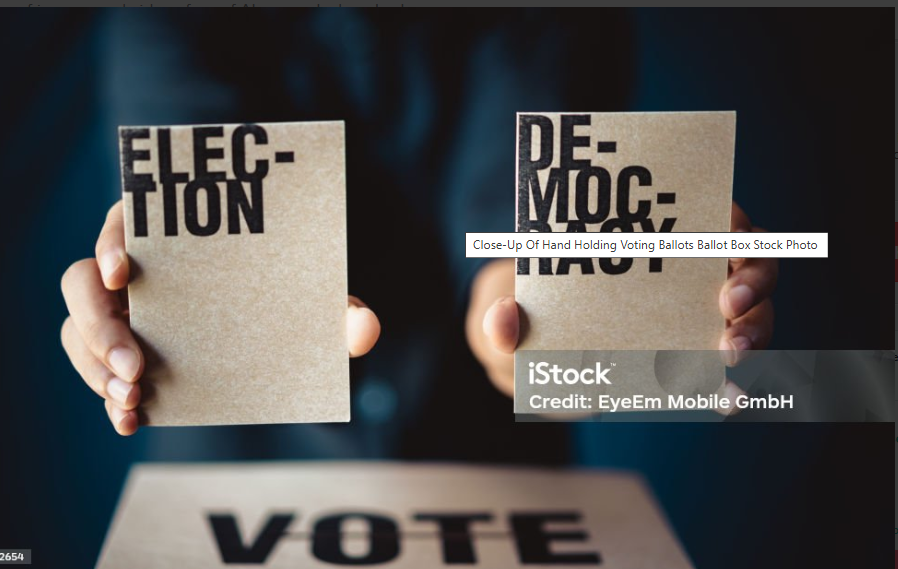Title: “Greening Young Minds: How Schools Can Inspire E-Waste Recycling Among Students and Communities”
In the digital age, the use of electronic devices has become an inseparable part of our daily lives—especially for students and educators. From smartboards and tablets to laptops and mobile phones, technology plays a vital role in modern education. However, with this rapid adoption comes a lesser-known consequence: electronic waste, or e-waste.
What is E-Waste and Why Does it Matter?
E-waste refers to discarded electronic appliances such as computers, mobile phones, televisions, and batteries. Most of these items contain hazardous substances like lead, mercury, and cadmium, which, if not disposed of properly, can seep into soil and water, endangering both human and environmental health. According to the Global E-Waste Monitor 2020, the world generated a staggering 53.6 million metric tons of e-waste in 2019 alone, and this number is steadily rising.
Schools as Catalysts for Sustainable Change
Schools are not just institutions of learning—they are powerful agents of social and environmental change. Educating young minds about the importance of sustainability and proper e-waste management can have a ripple effect that extends to families and the wider community. When students learn to care for the environment, they take that knowledge and sense of responsibility home, influencing others around them.
Here’s how schools can play a leading role in inspiring e-waste recycling:
1. Integrate E-Waste Awareness into the Curriculum
One of the most effective ways to build eco-consciousness is through education. Schools can embed sustainability and e-waste topics into subjects like science, social studies, and environmental education.
Example Activities:
- Science classes can explore the materials inside electronic devices and their environmental impact.
- Civics or social studies lessons can examine the global e-waste crisis and international recycling laws.
- Art projects can involve creating sculptures or posters using e-waste to raise awareness.
2. Organize E-Waste Collection Drives
Hands-on participation is a powerful learning tool. Schools can host e-waste collection drives every quarter or during national environmental observances like World Environment Day or Earth Day.
How It Works:
- Encourage students and parents to bring old phones, chargers, or batteries from home.
- Partner with certified e-waste recyclers to safely dispose of or refurbish collected items.
- Set up inter-class or inter-school competitions to motivate participation.
These drives not only recycle unused devices but also teach students the importance of taking responsibility for their consumption habits.
3. Create an E-Waste Awareness Club
Eco-clubs are already popular in many schools. Creating a dedicated e-waste awareness team within such clubs can further deepen impact.
Club Activities:
- Organize skits, debates, and presentations on the dangers of e-waste.
- Conduct surveys in the school and neighborhood to study e-waste disposal habits.
- Collaborate with local NGOs to visit recycling plants and understand the end-to-end process.
This fosters leadership, teamwork, and real-world problem-solving skills among students.
4. Promote a ‘Reduce, Reuse, Recycle’ Culture
Before recycling, students should learn to reduce electronic waste through conscious use. Schools can encourage:
- Reusing gadgets rather than upgrading frequently.
- Donating working electronics to NGOs or underprivileged schools.
- Using shared devices in classrooms instead of providing one for each student.
By cultivating minimalism and responsible tech use, schools lay the foundation for long-term sustainable behavior.
5. Engage Parents and the Local Community
Parents play a key role in the success of any school initiative. By engaging them through newsletters, workshops, and community drives, schools can ensure the message of responsible e-waste disposal reaches every household.
Community Engagement Ideas:
- Host family eco-challenges where parents and students together track e-waste produced at home.
- Invite guest speakers from recycling companies to conduct sessions for parents.
- Partner with Resident Welfare Associations (RWAs) to place e-waste bins in neighborhoods.
When the school becomes a hub for sustainable thinking, the entire community benefits.
6. Digital Campaigns and Storytelling
Students today are digital natives. Encourage them to use their creativity to run online campaigns about e-waste, sharing facts, tips, and videos on school social media platforms.
Campaign Examples:
- “7 Days, 7 Facts About E-Waste” campaign on Instagram or Facebook.
- Student-run podcast episodes on sustainable tech use.
- Short videos or animations that explain how improper e-waste disposal harms the planet.
Storytelling and visual content make complex issues relatable and shareable, helping spread awareness beyond the classroom.
7. Partner with Organizations for Expert Support
Many NGOs and government agencies offer school outreach programs on e-waste. Partnering with these organizations can help schools get:
- Technical support for e-waste collection.
- Learning resources, toolkits, and training for teachers.
- Recognition or certification for being a “Green School.”
Collaborations add credibility, structure, and extended reach to school-led initiatives.
Why It Matters Now More Than Ever
In a world where children are born into tech-saturated environments, teaching them digital responsibility is essential. E-waste is not just a technical or environmental issue—it’s an ethical one. It reflects how we value resources, communities, and future generations.
When schools embrace e-waste recycling as part of their mission, they go beyond academic success—they raise mindful, eco-responsible citizens.
Conclusion
The e-waste challenge is daunting, but schools hold the power to ignite change. By educating students, involving parents, and connecting with communities, they can build a future where sustainability is second nature. Every old phone collected, every awareness campaign run, and every eco-club formed contributes to a cleaner, safer world.
Let’s equip our students with not just digital literacy but eco-literacy—because the choices we make today shape the world they will inherit tomorrow.
🌿 Join the movement. Lead the change. Recycle responsibly. 🌿










